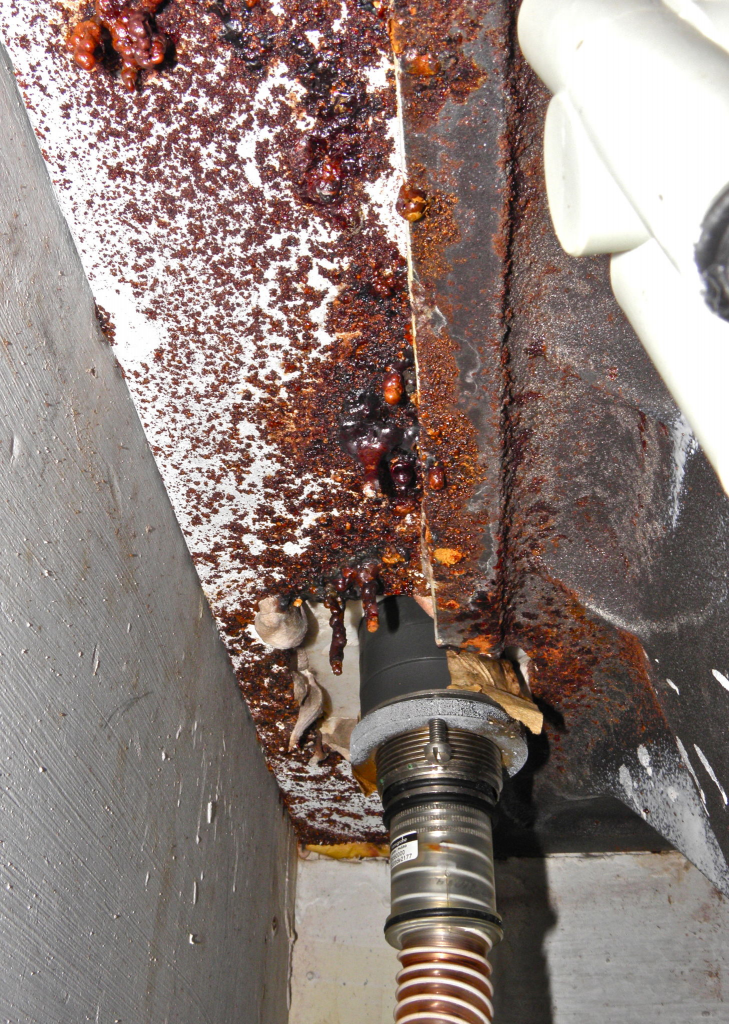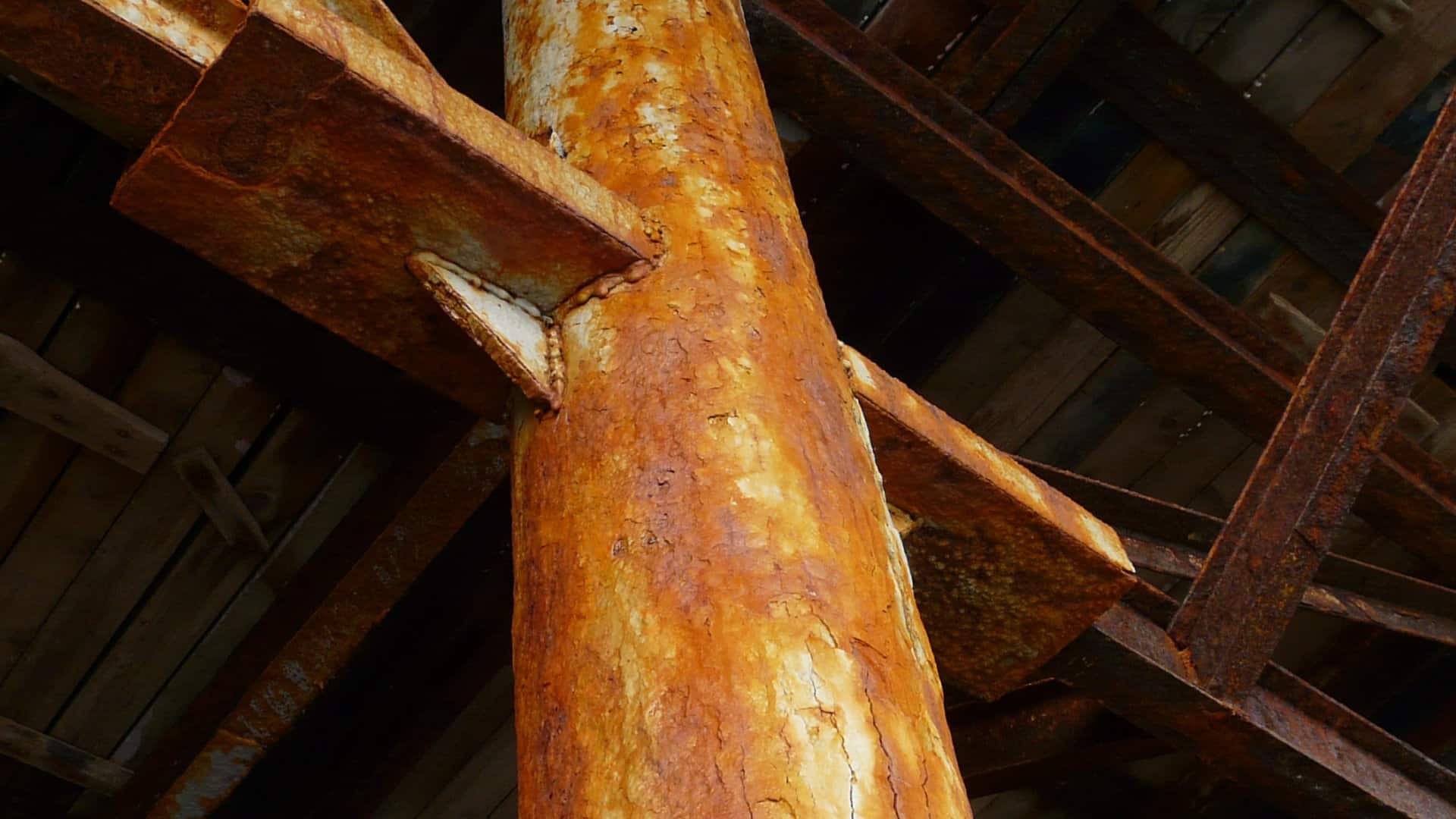Have you spotted rust on your pipes or noticed paint bubbling and peeling on your building’s exterior? These could be early warning signs of corrosion – a serious problem that affects both residential and commercial properties. If left untreated, corrosion can weaken your building’s structure and lead to expensive repairs.
In this article, you’ll learn what corrosion is, what causes it, and most importantly, how you can prevent it. If you need expert help, Ostanes Engineering is here with tailored solutions to protect your investment.

What Is Corrosion?
Corrosion is a natural process where materials, especially metals, gradually deteriorate due to environmental factors. Common signs of corrosion include:
- Rust: A reddish-brown layer forming on metal surfaces.
- Discoloration: Strange stains or color changes.
- Pitting: Tiny holes or depressions on metal.
- Weakened Materials: Brittle or fragile structural parts.
While corrosion is almost inevitable over time, proactive prevention can slow it down significantly.
Main Causes of Corrosion in Buildings
Understanding what causes corrosion is key to protecting your property:
1. Moisture
Water is one of the biggest enemies of building materials. Common moisture sources include:
- Leaks: From roofs, pipes, or poorly sealed windows.
- Humidity: Especially in areas with bad ventilation.
- Rain Exposure: Without proper protective coatings, rain can speed up corrosion.
Tip: Just like a bike rusts if left in the rain, your building can suffer if moisture isn’t managed properly.
2. Chemical Exposure
Some chemicals can break down protective layers faster:
- Cleaning Agents: Harsh chemicals can damage surfaces.
- Fertilizers: Used near buildings, they can introduce corrosive elements.
- Pollutants: Industrial emissions can settle on surfaces and cause corrosion.
3. Galvanic Corrosion
This happens when two different metals touch in the presence of water, leading to faster corrosion of one metal.
Example: Connecting copper and steel pipes without proper insulation can cause rapid damage.
4. Salt Exposure
Buildings near the coast are at high risk. Salt in the air can:
- Hold Moisture: Keeping surfaces damp.
- Penetrate Coatings: Damaging even protected materials.
How to Prevent Corrosion: Practical Tips
Taking the right steps early can save you money and headaches later.
1. Control Moisture
- Fix Leaks Fast: Don’t wait – water damage worsens quickly.
- Improve Ventilation: Use exhaust fans or dehumidifiers in damp areas.
- Seal Gaps: Make sure windows and doors are properly sealed.
2. Use Protective Coatings
- Paint and Sealants: Add a layer of protection to metal surfaces.
- Special Coatings: Choose products designed for humid or coastal environments.
3. Perform Regular Maintenance
- Routine Inspections: Check for early signs of corrosion, especially after storms.
- Regular Cleaning: Remove dirt, salt, and pollution build-up.
4. Choose the Right Materials
- Use Corrosion-Resistant Options: Stainless steel, treated wood, and special alloys are smart choices during construction or renovations.
5. Rely on Professionals
For more complex needs, consider advanced protection methods:
- Cathodic Protection Systems: These systems use electric currents to prevent corrosion but should be installed by experts.
Why Choose Ostanes Engineering?
Preventing corrosion doesn’t have to be complicated – especially when you have the right partner. At Ostanes Engineering, we offer:
- Detailed Inspections: We identify corrosion risks before they become problems.
- Custom Prevention Plans: Tailored strategies based on your building’s specific needs.
- Advanced Protection: Including cathodic protection and high-performance coatings.
Protect your investment today!
Contact Ostanes Engineering for expert advice and solutions tailored to your property.
Conclusion
Corrosion is a serious threat to the longevity and safety of any building. By understanding the causes and taking proactive steps, you can protect your property for years to come. And when you need professional support, Ostanes Engineering is just a call away.
